Hello, Labrador lovers! 🐾 Today we’re diving into a crucial topic that every Labrador owner needs to know about: the dangerous mistakes that can occur during training. Training your Labrador isn’t just about teaching them to sit or stay; it’s about building a strong foundation for a lifetime of good behavior and safety.
Let’s explore 10 Dangerous Mistakes Labrador Owners Make During Training and how to avoid them to ensure your furry friend stays happy and healthy.
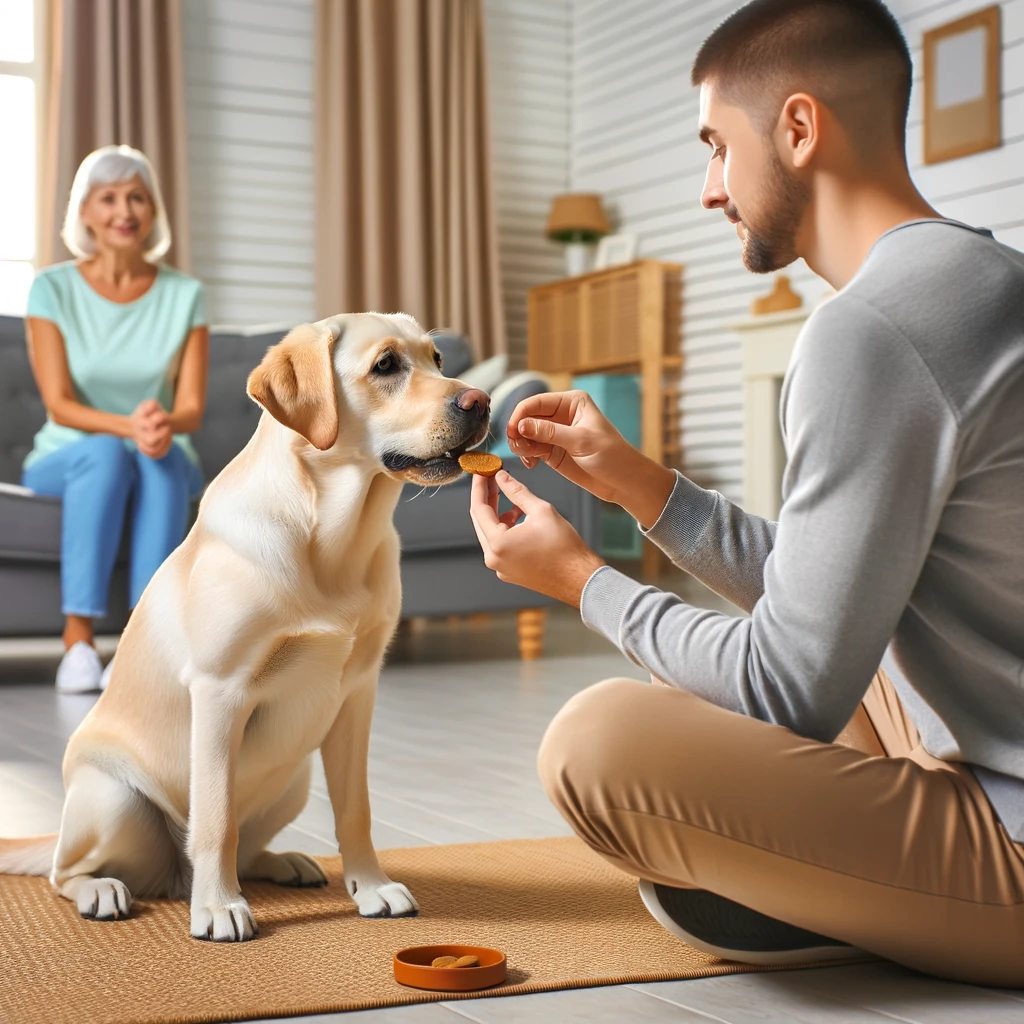
| 🚫 Mistake | Consequences | Preventive Measures |
|---|---|---|
| 🐾 Neglecting Early Socialization | Leads to anxiety or aggression | Expose to various stimuli early |
| 🔄 Skipping Consistency | Creates confusion and lack of control | Use consistent commands and rules |
| ❌ Using Negative Reinforcement | Can cause fear and aggression | Employ positive reinforcement techniques |
| 🐕🦺 Overlooking Leash Training | May result in uncontrollable behavior | Train to walk calmly on a leash |
| 🩺 Ignoring Health Issues | Affects ability to learn and perform | Monitor health and adjust training accordingly |
| 🚷 Failing to Address Jumping | Can be dangerous, especially for vulnerable individuals | Teach alternative greetings like sitting |
| 🏋️♂️ Not Providing Enough Exercise | Leads to behavioral issues from pent-up energy | Ensure adequate daily physical activity |
| ⏰ Delaying Obedience Training | Makes management difficult as dog grows | Start obedience training early |
| 🔍 Letting Small Issues Slide | Small behaviors become major problems | Address issues immediately and consistently |
| 🤔 Misunderstanding Their Needs | Ineffective training that doesn’t consider breed traits | Tailor training to Labrador’s characteristics |
🚫 1. Neglecting Early Socialization
The Importance of Social Skills
One of the most critical errors new owners make is not socializing their Labrador puppies early enough. Puppies have a prime socialization window that closes around 16 weeks. During this time, exposing them to various people, animals, and environments is crucial. A well-socialized dog is generally more confident and less likely to exhibit fearful or aggressive behaviors later in life.
Risks of Isolation
Failure to properly socialize your puppy can lead to a dog that is anxious, fearful, or aggressive in unfamiliar situations. This can severely limit your ability to enjoy outings with your Labrador and can also pose a risk if they react poorly in new environments or with new people.

🚫 2. Skipping Consistency
Consistency is Key
Consistency in commands, rules, and schedules forms the backbone of effective training. Labradors, known for their intelligence and eagerness to please, respond best to consistent training methods. This means using the same commands and rewards each time and ensuring all family members do the same.
Consequences of Inconsistency
Inconsistent training can confuse your Labrador, making it difficult for them to understand what is expected of them. This can lead to a lack of discipline and control, which can be dangerous, especially in situations where immediate obedience is critical.
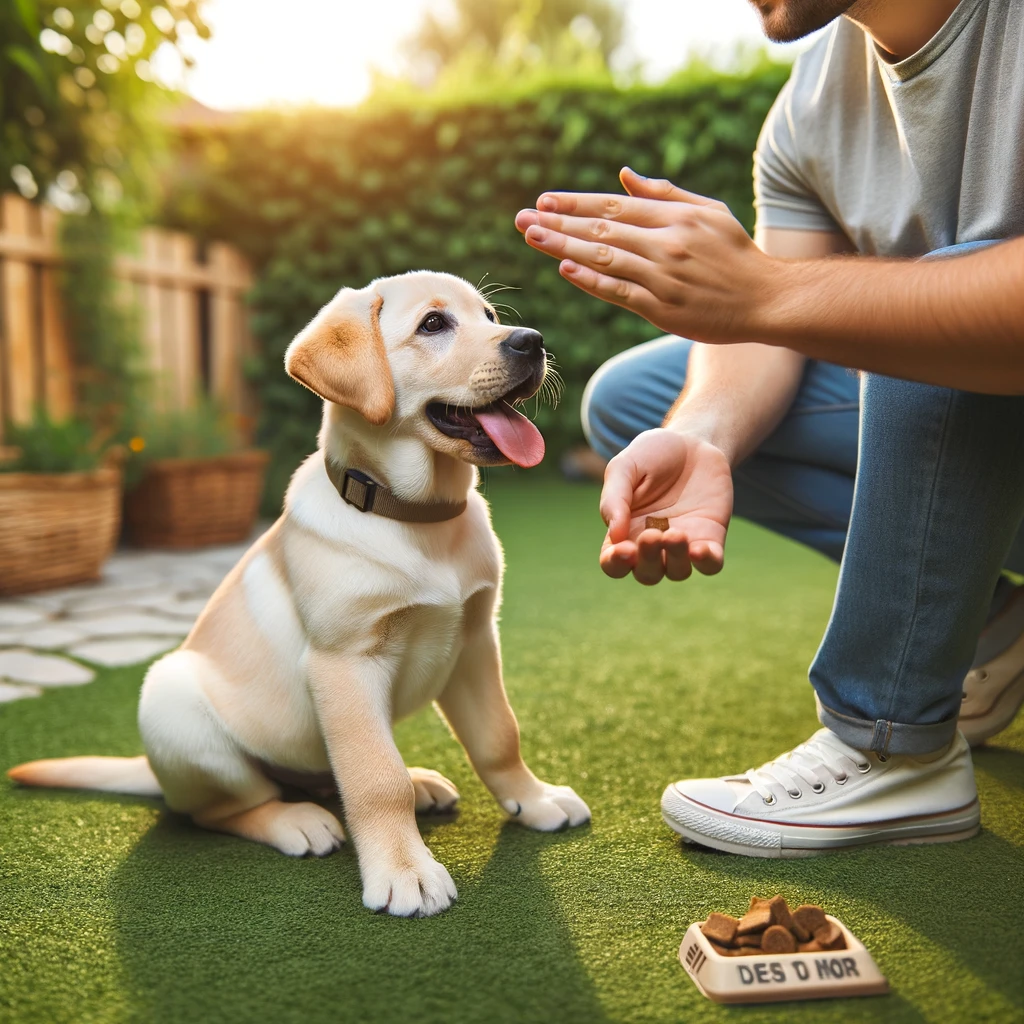
🚫 3. Using Negative Reinforcement
Understanding Positive Reinforcement
Many outdated training methods rely on negative reinforcement or punishment, which can harm your relationship with your pet. Positive reinforcement, which rewards good behavior with treats, praise, or play, is proven to be more effective and builds a stronger bond between you and your Labrador.
The Pitfalls of Punishment
Using harsh methods can lead to fear, anxiety, and even aggression in dogs. It is important to train with kindness and patience, ensuring your Labrador feels safe and loved, not afraid or stressed.
🚫 4. Overlooking Leash Training
The Need for Leash Skills
Leash training is essential, especially for a strong and active breed like the Labrador. Teaching your dog to walk calmly beside you without pulling is crucial for the safety of both your dog and others.
Dangers of Poor Leash Habits
Without proper leash training, your Labrador can develop behaviors like pulling or lunging, which can be dangerous if they become uncontrollable, especially in busy or potentially hazardous environments.
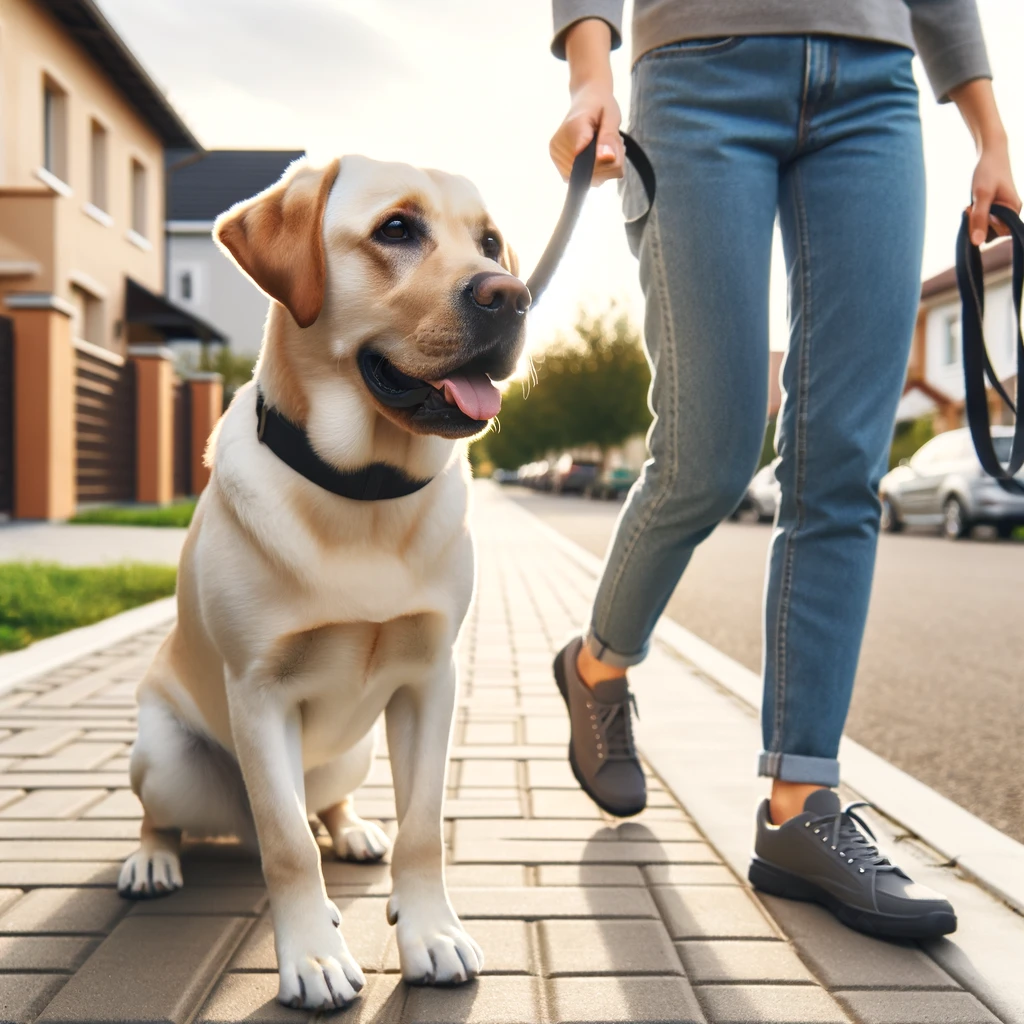
🚫 5. Ignoring Health Issues
Training and Health Go Hand in Hand
A common oversight during training is failing to recognize the signs of underlying health issues. Health problems can affect your Labrador’s ability to learn and perform.
Spotting Trouble Early
Conditions like hip dysplasia, which Labradors are prone to, can make certain training exercises painful or damaging. Always monitor your dog’s reaction to physical activity and consult your vet if you notice signs of discomfort or reluctance to engage in usual activities.
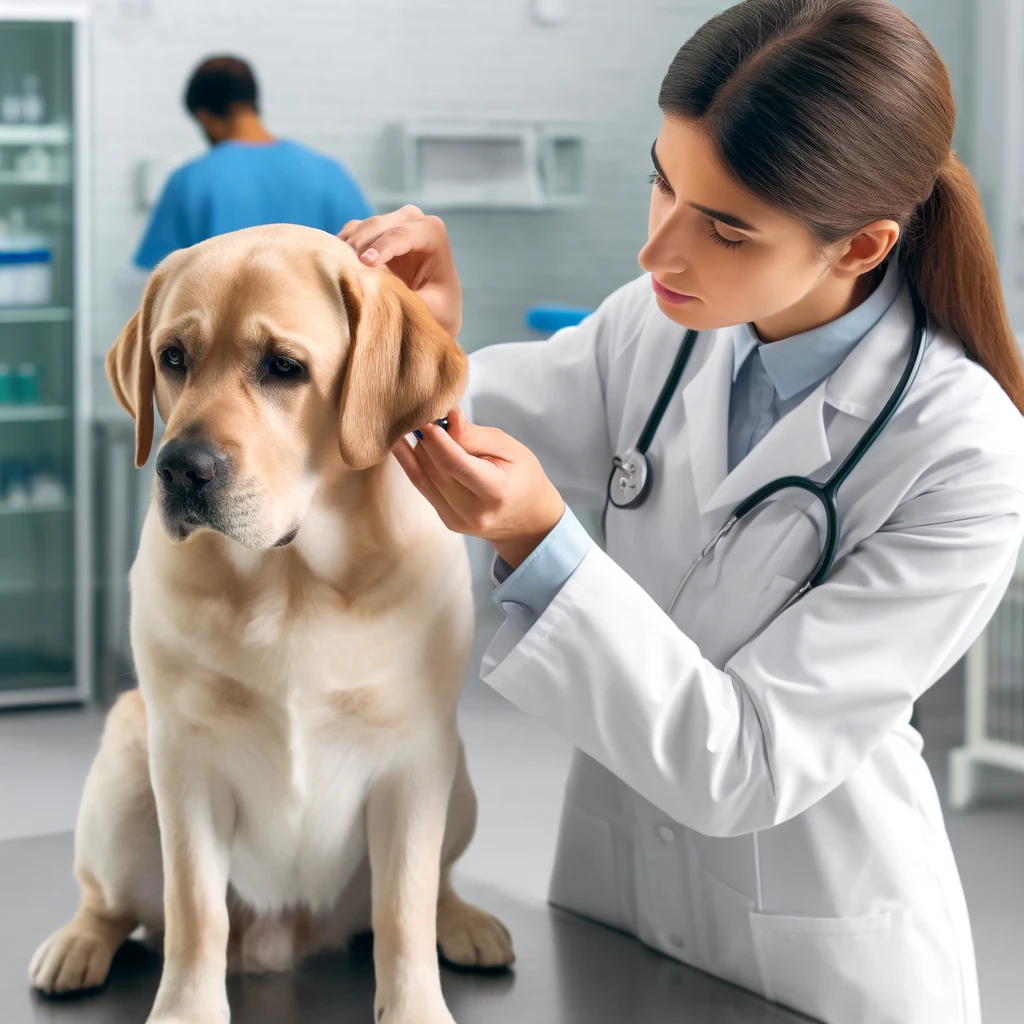
🚫 6. Failing to Address Jumping
Jumping Can Be Hazardous
Labradors are enthusiastic and can develop a habit of jumping up on people as a greeting. While this is often friendly, it can be dangerous, especially for children or elderly people.
Training Alternatives
Teaching your Labrador an alternative greeting, like sitting for attention, is essential. This not only prevents accidents but also makes interactions with others more pleasant and safer.
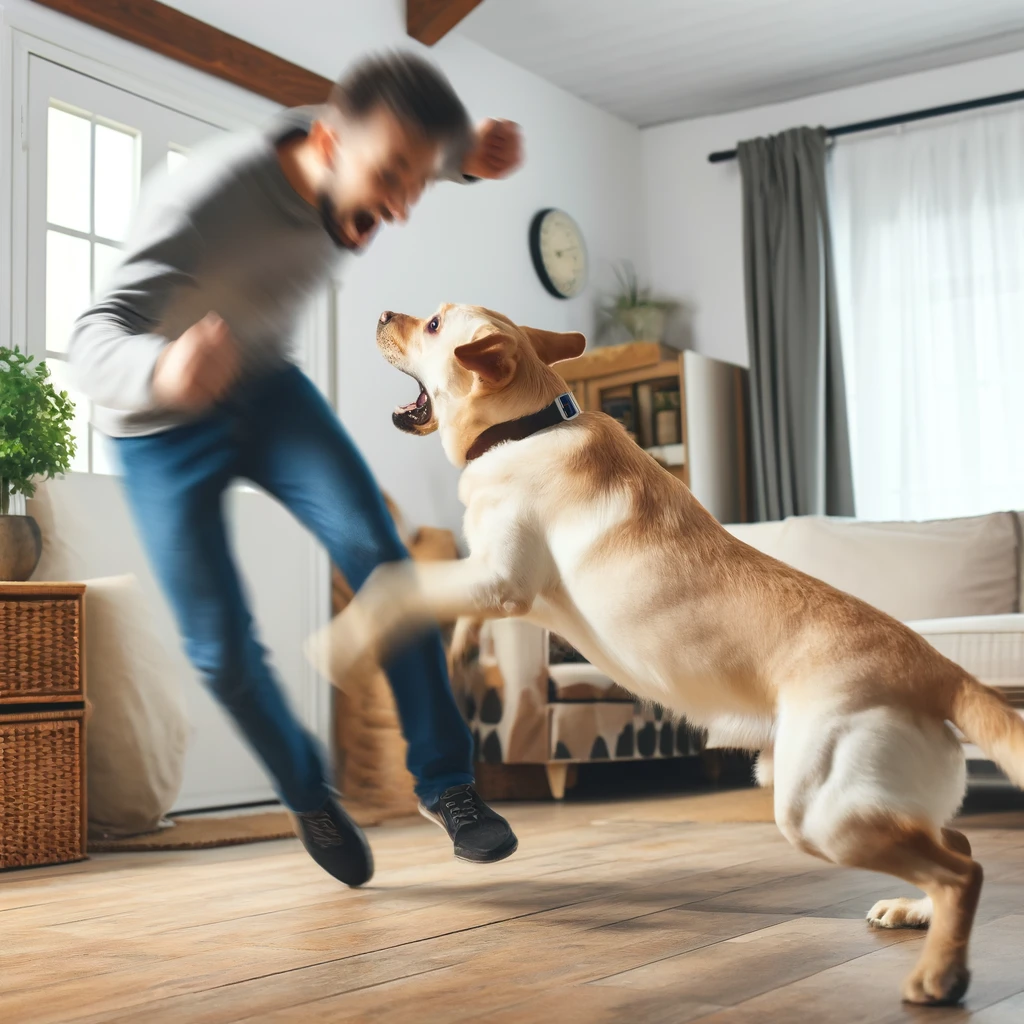
🚫 7. Not Providing Enough Exercise
Exercise is Essential
Lack of sufficient exercise is a significant training mistake with Labradors. An under-exercised Labrador can exhibit behavioral issues due to pent-up energy.
The Right Amount of Activity
Ensure your Labrador gets enough physical activity to keep them mentally and physically healthy. Regular walks, play sessions, and appropriate exercises are crucial for their well-being and effectiveness of training.
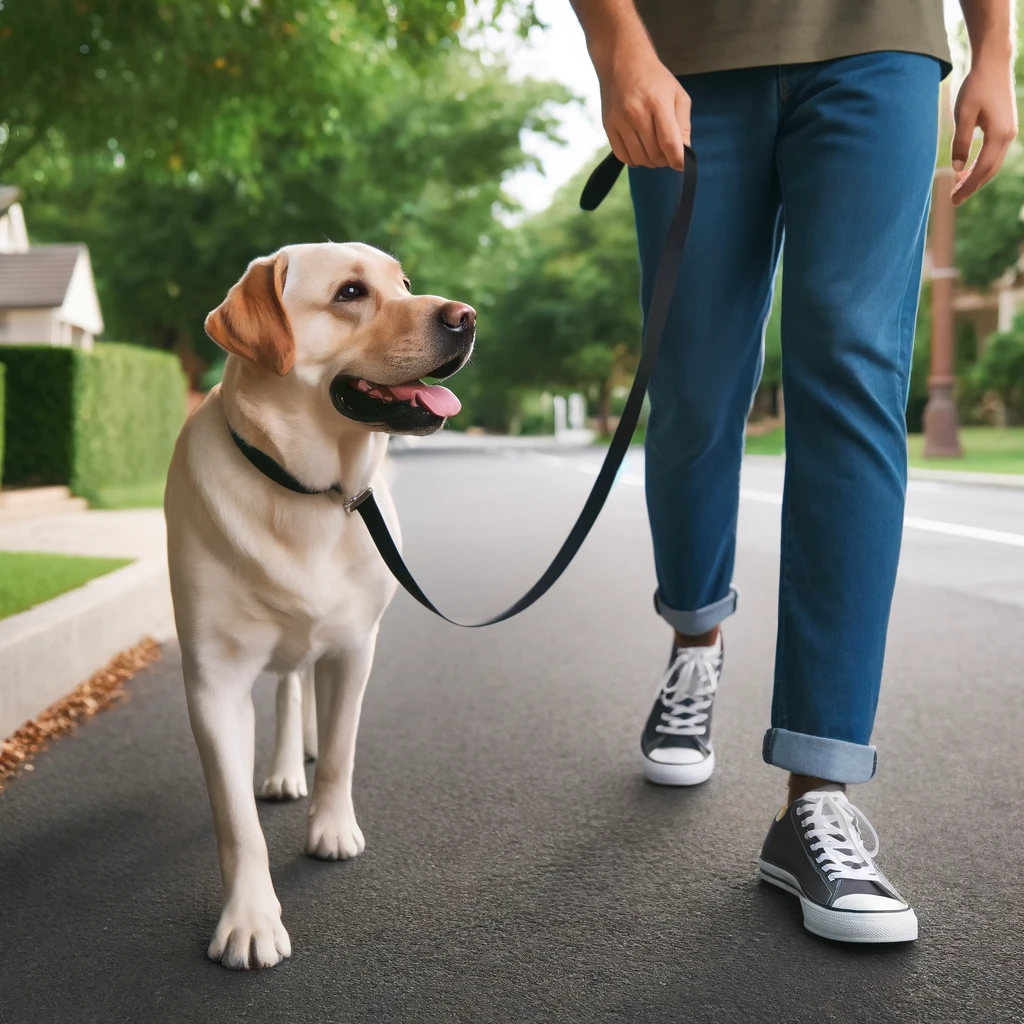
🚫 8. Delaying Obedience Training
The Timing of Training
Putting off basic obedience training is a mistake that can lead to difficulties in managing your Labrador as they grow. Early training lays the groundwork for a well-behaved adult dog.
Basic Commands are Critical
Teach basic commands like sit, stay, come, and down early. These commands are not just tricks; they are essential for managing your dog effectively and safely.
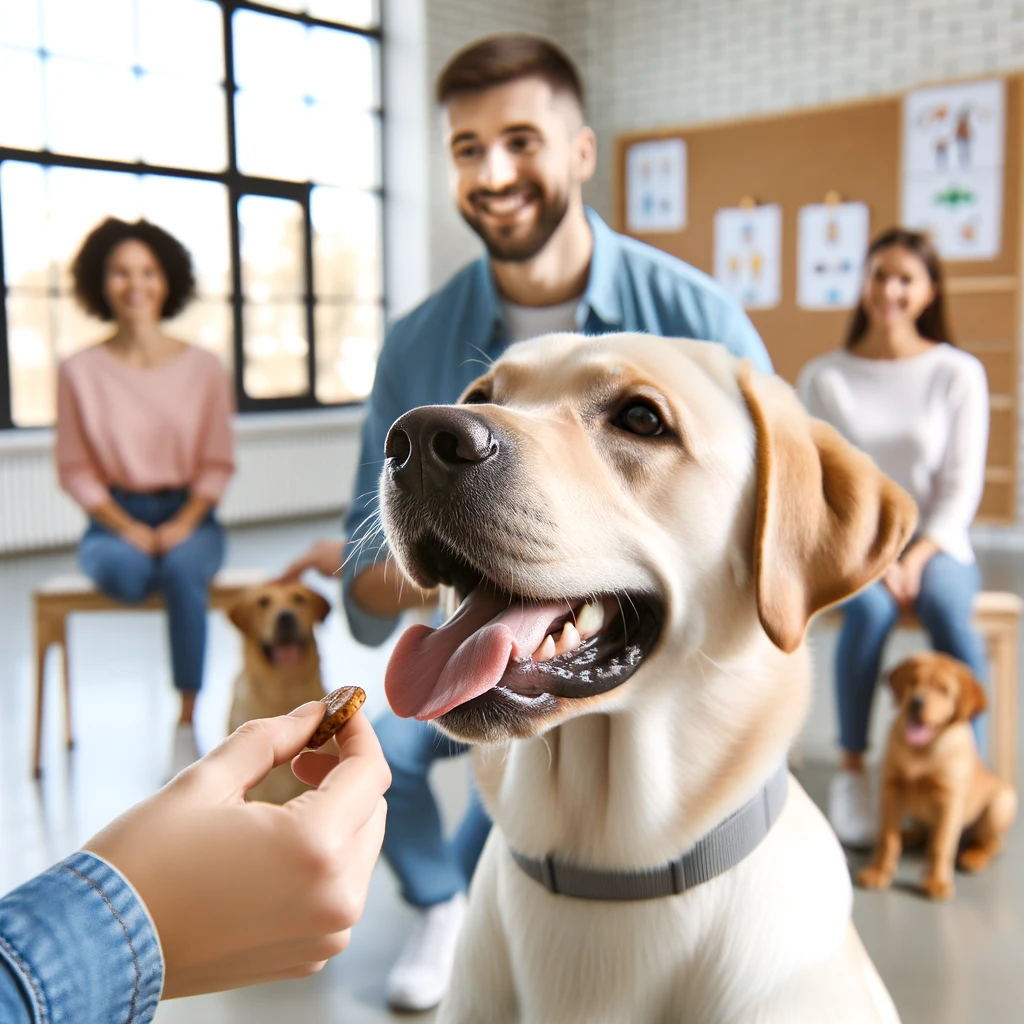
🚫 9. Letting Small Issues Slide
Small Problems Grow
Ignoring small behavioral issues when they first appear can lead to larger problems down the road. Addressing behaviors like barking, chewing, or digging immediately is key to preventing them from becoming ingrained habits.
Correction and Consistency
When small issues arise, correct them consistently and kindly. This prevents minor problems from becoming major challenges.

🚫 10. Misunderstanding Their Needs
Understanding Labrador Traits
Labradors have specific needs based on their breed characteristics. Not understanding these can lead to inappropriate training that doesn’t address or harnesses their natural abilities and instincts.
Tailored Training Approaches
Adapt your training methods to suit your Labrador’s needs. This includes recognizing their need for companionship, exercise, and mental stimulation. Tailoring your approach can lead to a more successful and fulfilling relationship.
For more information on training your Labrador safely and effectively, consider consulting resources like the American Kennel Club at www.akc.org or seek advice from professional trainers who specialize in positive reinforcement techniques.
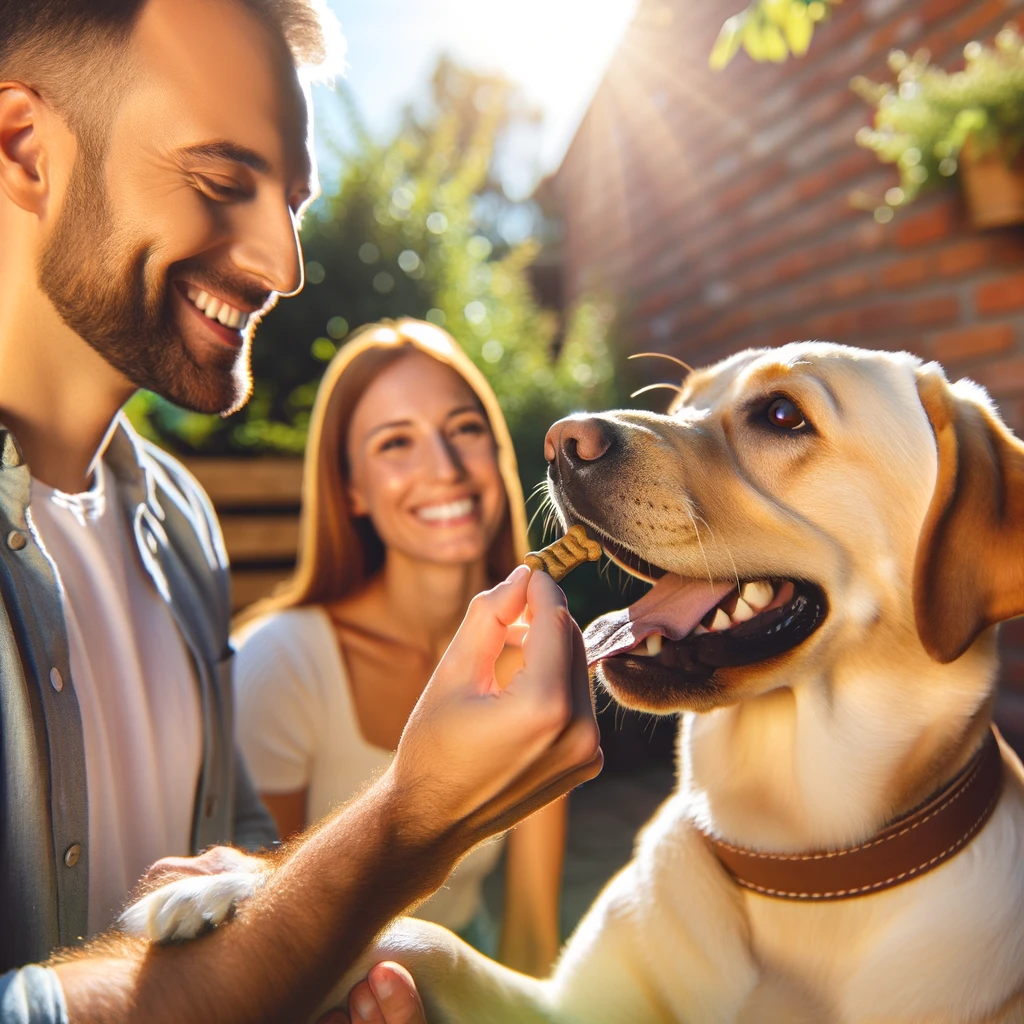
Conclusion :10 Dangerous Mistakes Labrador Owners Make During Training
Training your Labrador doesn’t have to be a struggle. With the right approach, you can avoid these dangerous mistakes and ensure your furry friend grows into a well-adjusted and happy companion. Happy training! 🐕🦺

